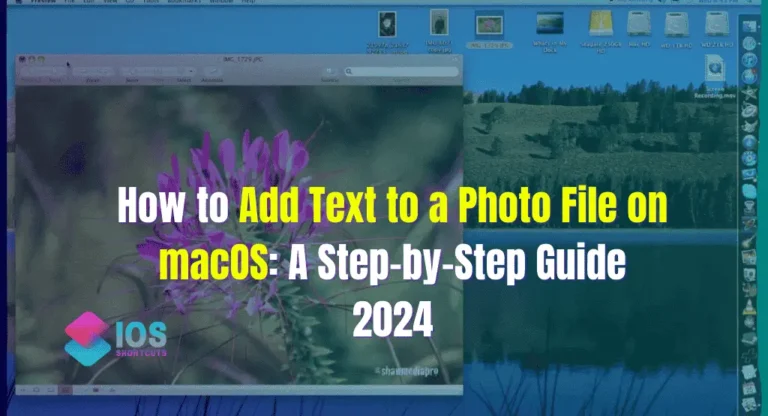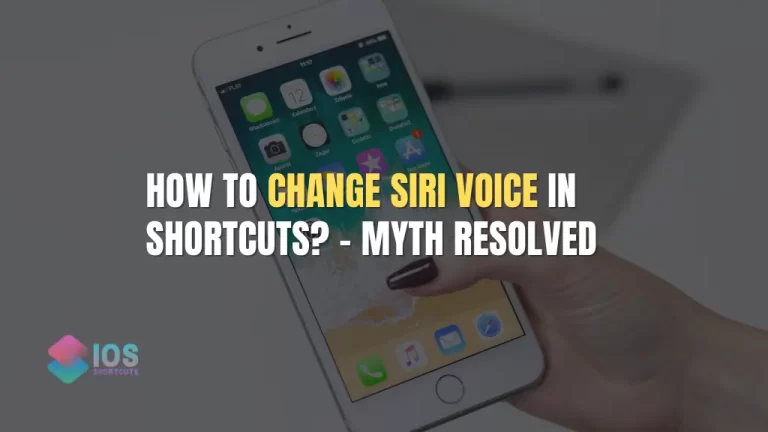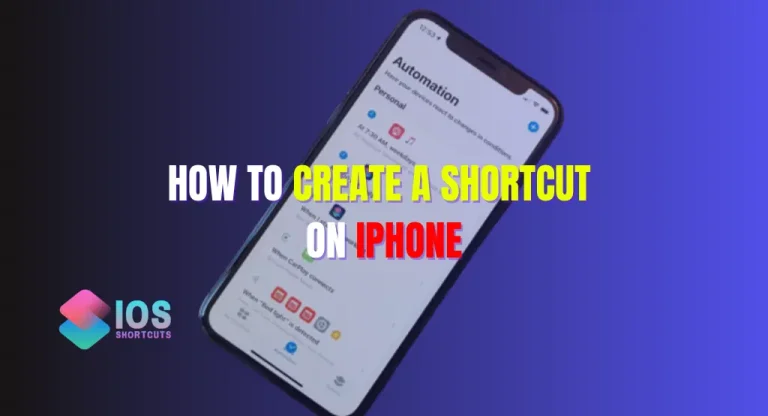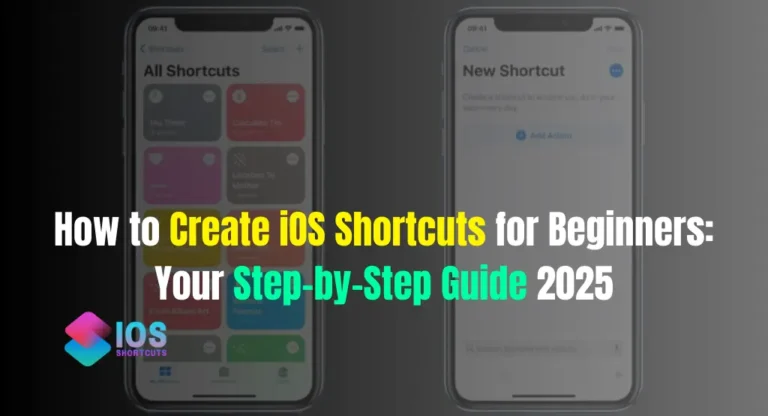
Siri Shortcuts and HomeKit are two popular technologies that are widely used for smart automation in iOS devices. While both serve the purpose of making tasks easier and more convenient, they have key differences in terms of features, functionality, and user experience.
In this article, we will explore the similarities and differences between Siri Shortcuts and HomeKit, providing you with a comprehensive comparison to help you make an informed decision on which one is better suited for your needs.
Understanding Siri Shortcuts
Siri Shortcuts is a feature introduced by Apple in iOS 12 that allows users to create custom shortcuts to automate tasks or perform actions with just a voice command to Siri.
With Siri Shortcuts, users can create personalized shortcuts for various actions, such as sending a text message, playing a playlist, ordering food, or controlling smart home devices.
Siri Shortcuts can be triggered by voice commands, tapping on a shortcut in the Shortcuts app, or adding a shortcut to the home screen or widgets.
Now, Let’s Understand HomeKit
HomeKit, on the other hand, is a framework developed by Apple that enables smart home devices to communicate and interact with each other in a secure and unified way.
HomeKit provides a common platform for smart home devices, such as lights, thermostats, cameras, door locks, and more, to work seamlessly together using Apple’s Home app or Siri voice commands.
HomeKit also allows users to create scenes and automation to control multiple devices with a single command or trigger.
Comparison between Siri Shortcuts and HomeKit
Ease of Use
Siri Shortcuts are designed to be simple and intuitive, allowing users to create custom shortcuts using the Shortcuts app with a user-friendly interface. Users can create shortcuts by recording a custom voice command, selecting actions from a list of suggested actions, or creating their own actions using the app’s built-in scripting capabilities.
HomeKit, on the other hand, requires users to set up and configure smart home devices using the Home app or the apps provided by the device manufacturers. While the setup process can be slightly more complex compared to Siri Shortcuts, HomeKit provides a unified interface for managing all smart home devices in one place, making it convenient for users to control and automate their devices.
Customization Options
Both Siri Shortcuts and HomeKit offer a range of customization options to suit the needs of different users.
Siri Shortcuts allow users to create personalized shortcuts with custom voice commands, actions, and parameters. Users can also create nested shortcuts with multiple actions or set up conditional actions based on different triggers, such as time of day, location, or device status.
HomeKit, on the other hand, provides customization options through scenes and automations. Users can create scenes to group multiple devices together and control them with a single command or trigger. Automations allow users to create rules based on different triggers, such as time of day, location, or device status, to automate actions for their smart home devices.
Automation Capabilities
Both Siri Shortcuts and HomeKit offer automation capabilities to make tasks more efficient and convenient for users. However, there are some differences in their automation capabilities.
Siri Shortcuts focus more on personal automation, allowing users to create shortcuts for tasks they frequently perform on their iOS devices. For example, users can create shortcuts to send a text message to a specific contact, play their favorite playlist, or set their device to a specific mode.
Siri Shortcuts also have the ability to interact with other apps, making it possible to create more complex automation workflows.
On the other hand, HomeKit focuses on home automation, allowing users to create scenes and automations to control their smart home devices. For example, users can create a “Good Morning” scene that turns on the lights, adjusts the thermostat, and opens the blinds with a single command.
HomeKit also supports more advanced automation capabilities, such as triggering actions based on the status of multiple devices or setting up conditional automations based on time, location, or other triggers.
Device Compatibility
Siri Shortcuts are designed specifically for iOS devices, including iPhone, iPad, and Apple Watch. They can also interact with a wide range of apps that support Siri integration, allowing users to create shortcuts for tasks within those apps.
HomeKit, on the other hand, supports a wide range of smart home devices from various manufacturers, including lights, thermostats, cameras, door locks, and more. However, not all smart home devices are compatible with HomeKit, as it requires specific hardware and software requirements. Users need to ensure that their smart home devices are HomeKit compatible before they can control them using HomeKit.
Integration with Other Apps
As mentioned earlier, Siri Shortcuts have the ability to integrate with other apps, allowing users to create shortcuts for tasks within those apps. This makes Siri Shortcuts more versatile in terms of automation possibilities. Users can create shortcuts that involve actions within different apps, such as sending a message in a messaging app, creating a note in a note-taking app, or ordering food in a food delivery app.
HomeKit, on the other hand, primarily focuses on controlling smart home devices and does not have the same level of integration with other apps. While HomeKit does support some third-party apps, the integration is more limited compared to Siri Shortcuts. HomeKit is mainly designed for controlling smart home devices and does not provide the same level of versatility in terms of app integration.
Security and Privacy
Both Siri Shortcuts and HomeKit prioritize security and privacy. Siri Shortcuts use end-to-end encryption to protect the data and actions associated with shortcuts. All shortcuts are stored locally on the user’s device, and Siri Shortcuts do not share data with Apple or any other third-party servers without the user’s consent.
HomeKit also prioritizes security and privacy, using end-to-end encryption and local storage of data. HomeKit also requires smart home devices to adhere to specific security standards, ensuring that data transmitted between devices is secure. Additionally, HomeKit provides users with control over which devices can communicate with each other, giving users more control over their smart home data.
User Experience
Both Siri Shortcuts and HomeKit aim to provide a smooth and user-friendly experience. Siri Shortcuts are integrated with Siri, Apple’s virtual assistant, allowing users to trigger shortcuts using voice commands. Users can also customize the voice command for each shortcut, making it more personalized and convenient.
HomeKit provides a unified interface through the Home app, allowing users to manage and control all their smart home devices in one place. Users can create scenes and automations with a few taps, making it easy to set up and manage their smart home automation. HomeKit also provides options for users to control their devices through Siri voice commands, adding to the overall user experience.
Accessibility Features
Both Siri Shortcuts and HomeKit also offer accessibility features to cater to different users’ needs. Siri Shortcuts, being integrated with Siri, allows users with physical disabilities or visual impairments to control their iOS devices through voice commands. This makes it more accessible for users who may have difficulty navigating through the device’s interface.
Similarly, HomeKit provides accessibility features such as support for Apple’s VoiceOver feature, which provides spoken descriptions of on-screen elements, making it more accessible for users with visual impairments. HomeKit also supports adaptive switches for users with physical disabilities, allowing them to control their smart home devices using external switches or buttons.
Customization and Flexibility
Both Siri Shortcuts and HomeKit offer customization and flexibility in their automation capabilities. Siri Shortcuts allow users to create their own shortcuts using the Shortcuts app, which provides a wide range of actions and triggers to choose from. Users can customize the actions, triggers, and parameters of their shortcuts, allowing for a high level of customization.
HomeKit, on the other hand, allows users to create their own scenes and automations through the Home app. Users can choose from a variety of devices and actions to include in their scenes and automations, and set up triggers based on time, location, or other conditions. HomeKit also provides options for users to set up conditional automations, allowing for more complex automation workflows.
Major Pros and Cons
Both Siri Shortcuts and HomeKit have their pros and cons, depending on the specific needs and preferences of users. Here are some of the advantages and disadvantages of each:
Siri Shortcuts:
- Pros:
- Integration with other apps, allowing for more versatile automation possibilities.
- Voice control through Siri, making it convenient for hands-free operation.
- Personal automation focus, allowing users to create shortcuts for tasks they frequently perform.
- Accessibility features for users with disabilities.
- Cons:
- Limited to iOS devices, excluding users of other platforms.
- Relatively simpler automation capabilities compared to HomeKit.
- Requires installation and setup of the Shortcuts app.
HomeKit:
- Pros:
- Wide range of smart home device compatibility.
- More advanced automation capabilities, including conditional automations.
- Unified interface through the Home app, providing easy management of smart home devices.
- Accessibility features for users with disabilities.
- Cons:
- Limited app integration compared to Siri Shortcuts.
- Requires HomeKit-compatible devices, which may not be available for all smart home devices.
- Primarily focused on home automation, may not be suitable for users who do not have smart home devices.
FAQs
Can I use Siri Shortcuts on Android devices?
No, Siri Shortcuts are designed specifically for iOS devices and are not compatible with Android devices.
Can I use HomeKit without smart home devices?
HomeKit is primarily designed for controlling smart home devices, so it may not be suitable for users who do not have smart home devices. However, some basic automation capabilities can still be used without smart home devices, such as using location triggers for personal automation.
How do I set up Siri Shortcuts?
You can set up Siri Shortcuts by using the Shortcuts app on your iOS device. Open the app, create a new shortcut, and customize the actions and triggers according to your desired automation.
Can I control non-HomeKit devices with HomeKit?
HomeKit is designed to work with HomeKit-compatible smart home devices only. However, some third-party apps and bridges may provide integration for non-HomeKit devices to be controlled through HomeKit, but it may require additional setup and configuration.
Can I use Siri Shortcuts and HomeKit together?
Yes, you can use Siri Shortcuts and HomeKit together to create more complex automation workflows. For example, you can create a Siri Shortcut that triggers a HomeKit scene or automation, allowing you to combine the capabilities of both platforms.
Are Siri Shortcuts and HomeKit secure?
Yes, both Siri Shortcuts and HomeKit prioritize user privacy and security. Siri Shortcuts require user authorization for accessing certain apps and data, and HomeKit uses end-to-end encryption for communication between devices, ensuring that your automation workflows are secure.
Can I use Siri Shortcuts and HomeKit on older iOS devices?
Siri Shortcuts and HomeKit are available on iOS devices running iOS 13 or later. However, some features may not be available on older iOS devices due to hardware limitations.
Are there any subscription fees for using Siri Shortcuts or HomeKit?
No, Siri Shortcuts and HomeKit are built-in features of iOS and do not require any additional subscription fees to use. However, some third-party apps or services that integrate with Siri Shortcuts or HomeKit may have their own subscription fees.
Conclusion
In conclusion, both Siri Shortcuts and HomeKit offer unique and valuable automation capabilities for users. Siri Shortcuts focus on personal automation and offer more app integration, making it more suitable for users who primarily use iOS devices and want to create shortcuts for tasks within different apps.
On the other hand, HomeKit focuses on home automation and offers more advanced automation capabilities, making it more suitable for users who have smart home devices and want to create scenes and automations to control their smart home.
The choice between Siri Shortcuts and HomeKit depends on the specific needs and preferences of the user. If personal automation and app integration are a priority, Siri Shortcuts may be the better choice.
If home automation and advanced automation capabilities are a priority, HomeKit may be the better choice. Ultimately, users should consider their specific requirements and choose the automation platform that best meets their needs.

![How To Enable Type To Siri? - [More Efficient Experience] 2 How To Enable Type To Siri](https://shortcutsforios.com/wp-content/uploads/2023/04/How-To-Enable-Type-To-Siri-768x432.webp)




